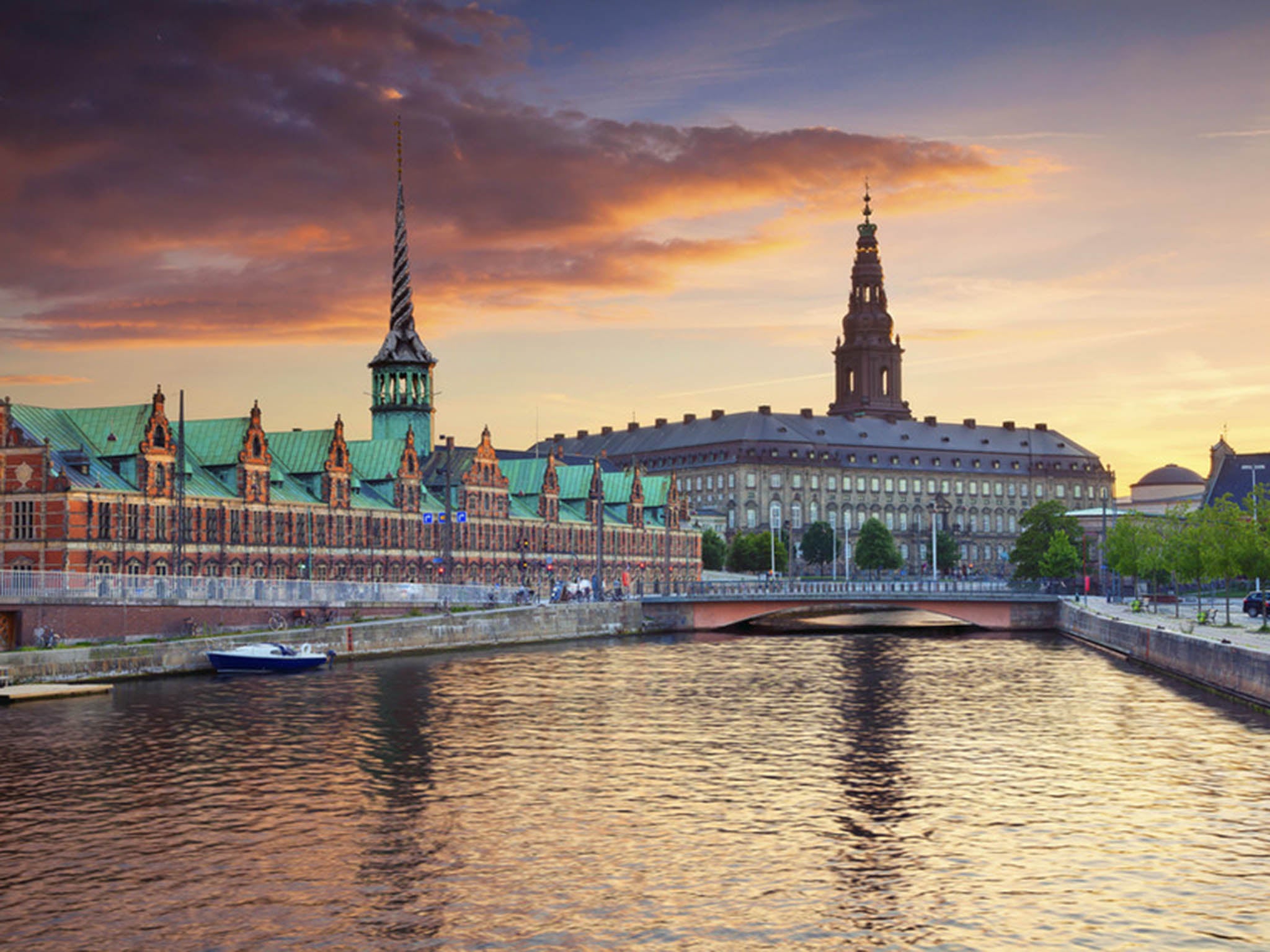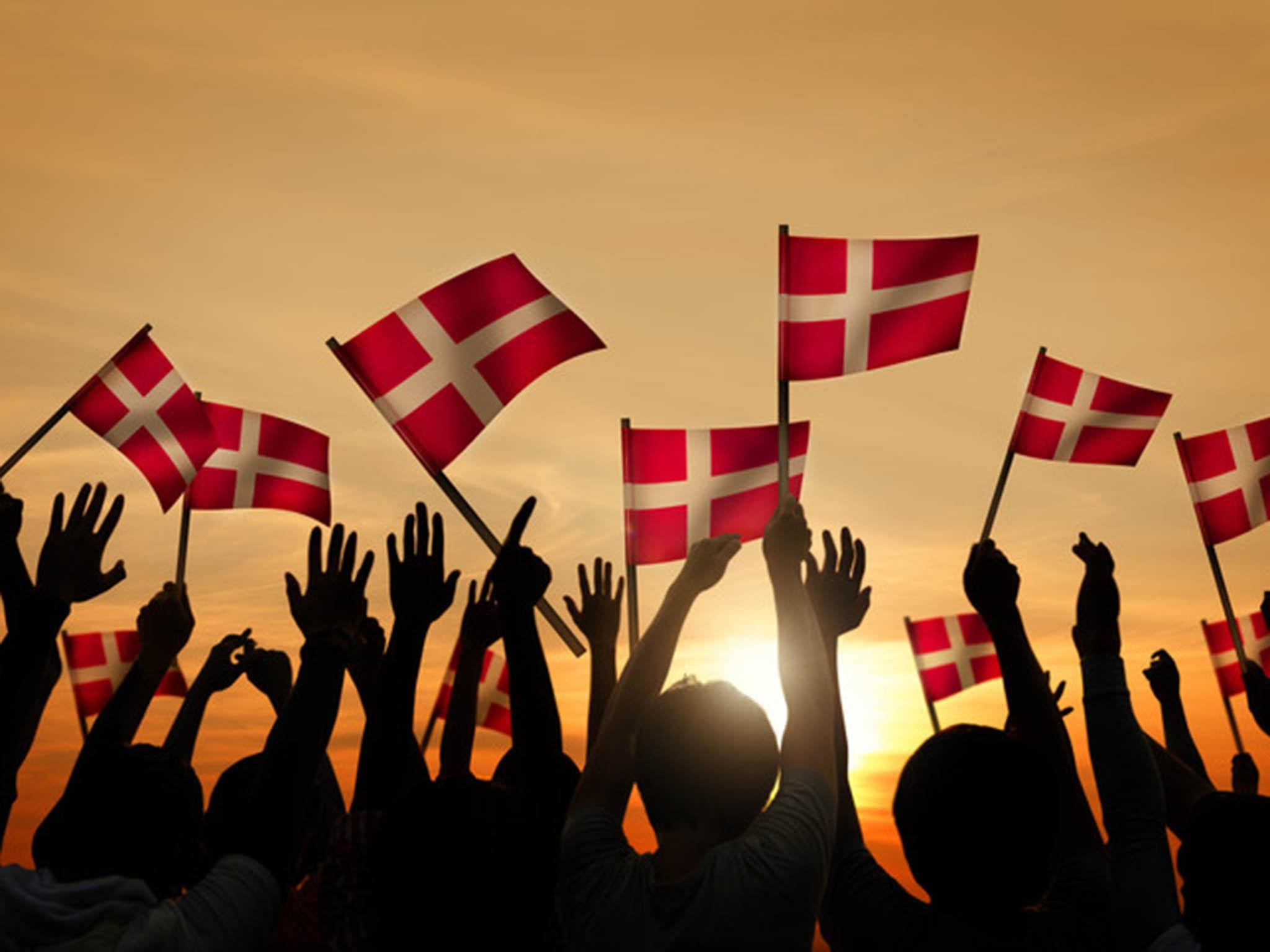The Danish concept of ‘hygge’ – and why it’s their latest successful export
We all deserve a bit of 'hygge' in our lives. Here's what it's all about

If you’re reading this in a comfortable chair, surrounded by tasteful soft furnishings and perhaps even a candle or two, that sense of cosiness you’re feeling might just be hygge.
The latest fashionable export from Denmark, following on from interior design and high-quality television drama, hygge is the Scandinavian country’s latest gift to the world.
But this particular export is a concept. Roughly described as a feeling of cosy contentment, tips on how to achieve a sense of hygge fill lifestyle and fashion magazines. As is often the case with lifestyle concepts, an older cultural practice has been commodified. Real hygge can happen anywhere: in Denmark or somewhere else, alone or in company, indoors or outdoors, with or without candles, hand-knitted socks and stylish furniture.
And after a turbulent, less-than-cosy year, it’s not hard to grasp why hygge has usurped mindfulness as the wellbeing trend of the moment. As one commentator has observed, hygge is “a soothing balm for the traumas of 2016”.
Hygge is also hitting the lifestyle supplements at a time when the idea of Denmark as the world’s happiest nation lingers in the collective imagination. The Danish Tourist Board has not been slow to leverage this reputation for the purposes of nation-branding, diagnosing Denmark’s chronic state of contentment as an effect of the welfare state, high levels of social trust, and of course hygge as a lifestyle.
This small northern European nation has emerged as a safe, familiar and yet aspirational kind of foreign; the kind of foreign that can capture our attention with a notionally untranslatable and distinctive looking word. A word that can easily be dressed up as a philosophy and a set of lifestyle choices complex enough to inspire a dozen Christmas stocking-filler books (and counting).

Splashing out on felt slippers, scented candles and gourmet beverages in a frenzy of consumerism can be rationalised as an investment in our emotional wellbeing. And while hygge is often defined in such gorgeously designed books as enjoying the simple, homemade, hand crafted things in life, consumerism is integral to the contemporary use of the term in Denmark, too. Lifestyle supplements and manufacturers make liberal use of the term in their advertising, especially as the nights draw in at this time of year, and candles begin to appear on the doorsteps of Copenhagen shops and cafes.
It is as a noun that hygge has made its way into foreign lifestyle pages, but the Danes are just as likely to use the concept as an adjective or verb. The Danish dictionary traces the verb form back to the Old Norse "hyggja" and Old English "hycgan", whereas the modern meaning (to comfort or give joy) comes from Norwegian. But the word peppers contemporary Danish conversation in ways that are highly context-specific. Compound nouns can indicate seasonal variations with associated activities ("julehygge" at Christmas or "påskehygge" at Easter, for example).
The Danes’ trademark fine sense of irony can also easily re-purpose hygge as a euphemism for alcohol abuse or other forms of overindulgence. "Hyggelig(t)", the adjective, can be used to mean “cosy” or “enjoyable”, but in some contexts is closer to the English “nice”, damning with faint praise.
The verb form, at hygge sig, is often used as a casual goodbye – "kan du hygge dig": “have fun”, or “all the best”. "At hygge sig med" – to do hygge with someone – can simply mean to enjoy a fun or cosy experience together, but can also serve as a euphemism for more intimate activities.
Hygge seems to be the hardest word
That outlandish sequence of the letters y, g and e has spawned many an opening gambit to an article. In the introduction to his hilarious The Little Book of Hygge, Meik Wiking tests out “hooga”, “hhyooguh” and “heurgh” before reassuring the reader that the term can only be felt, not spelt. The otherwise beautifully designed cover of Louisa Thomsen Brits’ book Hygge: The Danish Art of Living Well features a pronunciation guide (“hue-gah”) which, one Dane of my acquaintance remarked, is a much closer approximation of the sound made the morning after a night of too much hygge than it is the phonetic transcription ("hygə").
More egregious is the attempt by one Daily Mail headline writer to rhyme hygge with “snug”. Indeed, if there’s one thing guaranteed to thwart a trainee hyggethusiast’s evening of hygge, it’s a fruitless struggle to pronounce the word. In fact, the angst that strikes new learners when they discover just how tenuous is the relationship between written and spoken Danish can be characterised by adding a negative prefix to create the conceptual opposite of hygge – "uhygge" – a feeling of fright or unease.
Perhaps the tension between hygge and uhygge is at the heart of this latest craze. After all, fans of Danish television drama spent much of the last five years peering into the stylish Copenhagen apartments and cosy provincial homes featured in The Killing, Borgen and The Bridge. Based as it is on emotional as well as material comforts, hygge is a gift to the screenwriter and set designer.
In fiction as in real life, then, hygge is the perfect foil for unspeakable crimes – and the perfect antidote to uhyggelige times.
This article first appeared on The Conversation (theconversation.com). Claire Thomson is a senior lecturer in Scandinavian film, at UCL
Join our commenting forum
Join thought-provoking conversations, follow other Independent readers and see their replies
Comments
Bookmark popover
Removed from bookmarks